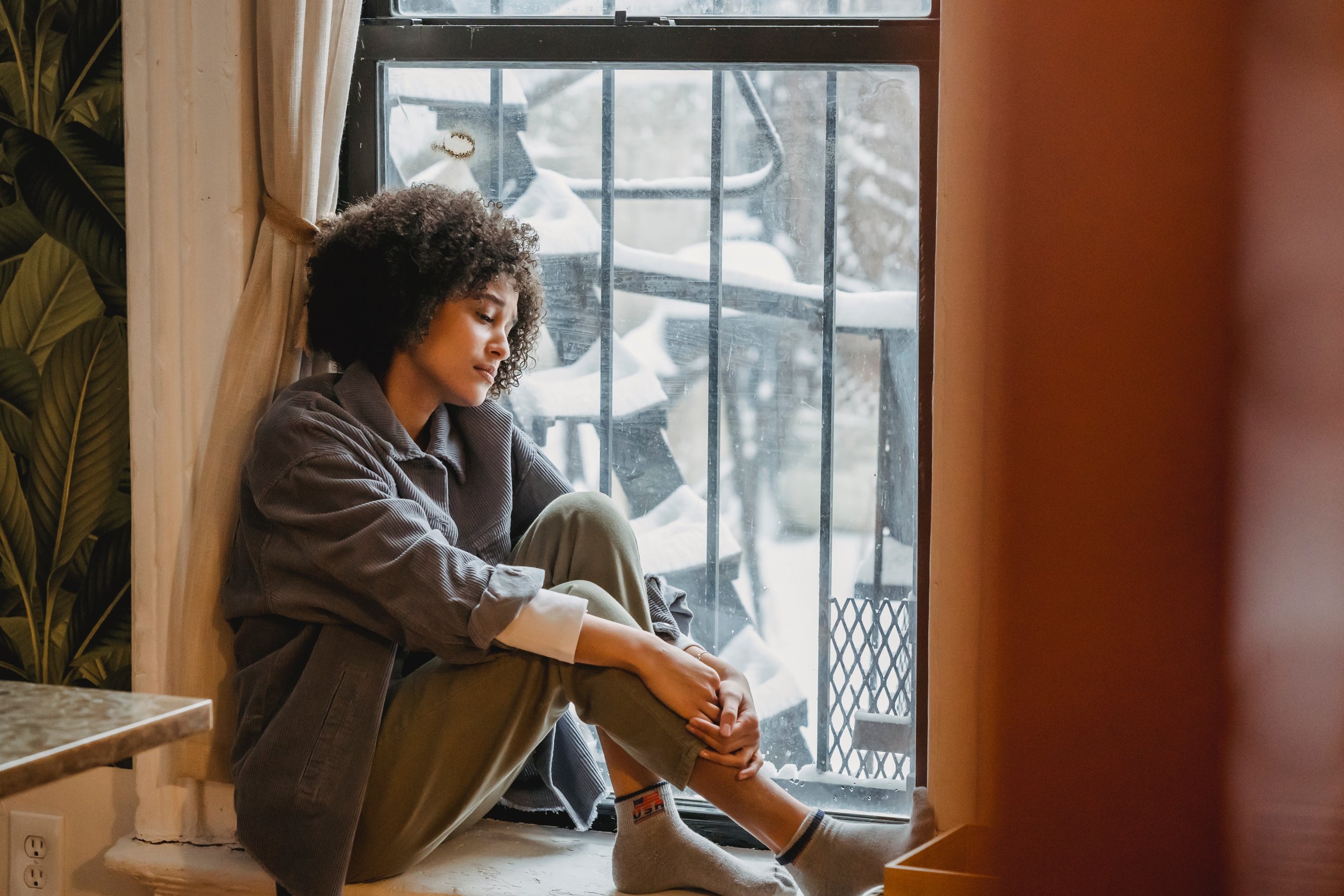Seasonal Affective Disorder: 8 Tips to Cope (Besides Sitting in the Dark)
By Saffina Jinnah
Now that we have transitioned to winter, the days are shorter and darker. This tends to throw off our routine and the psychological effects of the lack of sun can often go beyond the winter blues.
Seasonal Affective Disorder (SAD) is a form of depression that comes and goes with the seasons, usually beginning in the late fall and lasts through winter until the onset of spring. According to the Canadian Mental Health Association, “About 2 to 3% of Canadians will experience SAD in their lifetime. Another 15% will experience a milder form of SAD that leaves them only slightly depressed, but still able to live their life without major disruptions.”
What causes SAD?
Though it is not entirely known what causes SAD, it is generally thought to be a lack of exposure to sunlight. Less exposure to sunlight disrupts our circadian rhythms which regulates our body’s biological processes and internal functions such as serotonin and melatonin production. Generally, sunlight increases the body’s production of serotonin, often referred to as the ‘happy neurotransmitter’ and is associated with producing a positive mood. Darkness converts this to melatonin, a neurotransmitter associated with sleep. As such, the short and dark days may result in low moods related to drowsiness and depression. SAD is quite unique in this sense, as it is a direct result of weather and location.
8 Tips for Fighting SAD
If like me you are patiently awaiting Spring’s brighter days and new beginnings, here are some tips on how to cope with SAD:
1. Bright Light Therapy
A light therapy box, also referred to as a phototherapy box, mimics sunshine and is significantly brighter than regular household light bulbs and shines through a variety of wavelengths. The Canadian Mental Health Association recommends exposing yourself to this type of therapy for thirty minutes a day. I usually do this in the morning, upon waking up, as it is usually still dark outside!
2. Prioritize Social Activities
This one is a challenge. Those days where you just want to be a recluse and curl up under the covers in isolation (which are most days for me) are the days you need this most. Some days it might not be achievable and that is okay. But it is important to resist those solitary tendencies to combat that heavy lethargic feeling. As more and more of us work from home, this has become even more relevant. There was a time during the pandemic when I didn’t leave my place for weeks, and this led to increased feelings of dread and dreary. Though it was not feasible to meet up with folks at the time, even scheduling virtual hangs became important. I had everything I needed in my apartment except human connection.
Most recently, I have noticed how much I need some positive and personal workplace interactions as I continue to work from home. Building connections with colleagues new and old is a new priority for me. Not only will this help me break up my day of budgets and forecasts but will also allow us to build trust and support so we can turn to each other in the future.
3. Stick to a Schedule
Sticking to a schedule is more important now than ever as this will impact your sleeping and eating habits which contribute to your overall mood. It will also allow you to access natural sunlight and light in general at consistent and predictable times. By scheduling and planning, you will also be able to better plan social activities which will keep you accountable. Sticking to a schedule has also made me much more productive at work. SAD makes focusing particularly challenging but waking up at a consistent time with a solid routine helps me combat this.
4. Avoid Alcohol
This can be a challenge for many around the holiday season. I get it. It’s fun. It’s easy. It’s an effective way to feel less inhibited, relaxed, even confident. However, these effects wear off quickly and the chemical changes in your brain may lead to very negative feelings such as increased anxiety, stress, overwhelming sadness, and anger, despite your previous disposition. Alcohol is classified as a central nervous system depressant, meaning that it slows down brain functioning and makes it more difficult to understand how you are really feeling.
5. Consider Medication or Counselling
There are different types of medications for treating different types of depression and symptoms. Talk to your doctor about what your options are. Similarly, counselling is another option to consider. A counsellor may offer support that friends and family can’t as they are trained in a variety of methods to address different concerns.
6. Write Down Three Good Things that Happened to You at the End of the Day
I find journaling really hard. Ironic because I love writing. And I have done gratitude lists. I am grateful. But it was getting redundant. So, I tried this. By doing this at the end of the day and naming specific moments that were particularly happy or peaceful I know that my day was not complete s***. At least I had that first sip of coffee. Or I found that pen I was looking for. Or I watched a really good Gilmore Girls episode.
7. Add Aromatherapy
What even are essential oils?! Why are they suddenly all the rage?! Though there is no science to prove that this alleviates depression or improves mood, honestly, who doesn’t love a gentle whisper of lavender? Aromatherapy is a simple and safe way to lift your mood and can be used in a variety of ways including in a bath, inhalation, or topically. Be sure to read the instructions on how to safely utilize products before use.
8. Keep the Holidays Around a Little Longer
This sounds like fluff, but it is my own personal tip. Yes, perhaps I am a tad too lazy to take my tree down, but I also just feel happier looking at the twinkling lights. I like having all the holiday greenery and shrubbery out. This is no surprise since house plants, even artificial ones, are said to trigger a positive psychological response in the brain. And say what you will, I am here for the fake snow. And I like to burn the seasonal candles down to the wick. Let me dream about ginger snaps a little longer. If you are not one for holiday décor, brighten your surroundings any way you like. There are apps available that allow you to have colourful famed artwork scroll across your TV. And honestly, a couple houseplants will do. But hey, that’s just me.
So, if you need me in the next few months, come find me basking in front of a light like a turtle, with my planner, sipping a mocktail with my fake leaves while trying to maintain relationships!
Saffina Jinnah is a brown girl living in Vancouver, BC. A first generation Canadian, her parents are from Uganda. In her day-to-day life she works in non-profit funding, is an active volunteer, and loves to read in coffee shops sipping something over-sweetened and over-caffeinated. You can read more of her writing at Confessions of a Brown Girl.

